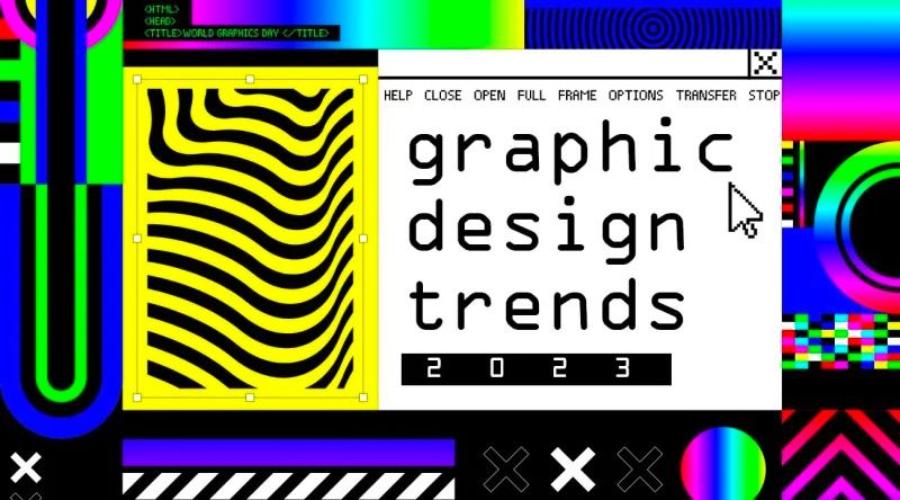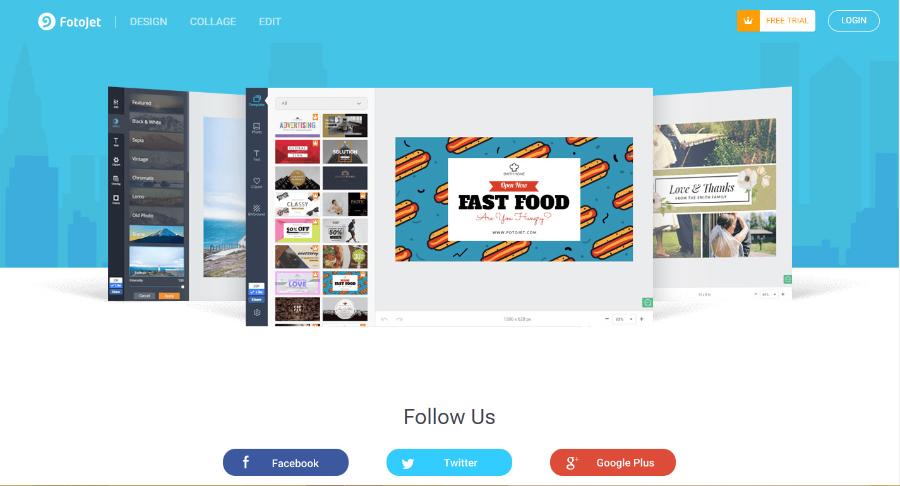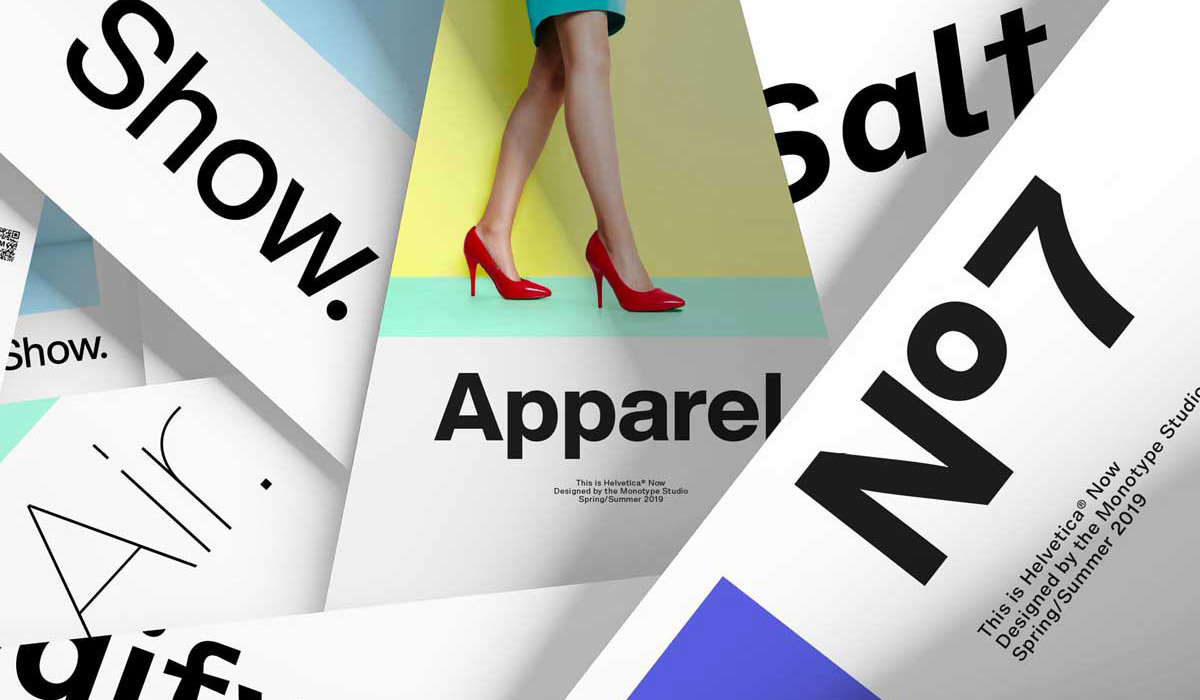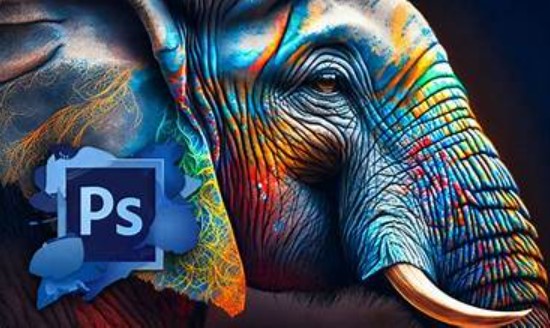Best Selling Products
Editorial Design: Its Role and Significance in Modern Online Publishing
Nội dung
- 1. Introduction What is Editorial Design?
- 2. The Importance of Editorial Design in the Online Publishing Industry
- 2.1. Create an optimal user experience
- 2.2. Improve interaction and sharing
- 2.3. Increase brand awareness
- 2.4. SEO support and content optimization
- 3. Important Elements in Editorial Design
- 3.1. Typography
- 3.2. Images and Graphics
- 3.3. Layout and Structure
- 3.4. Color
- 4. Conclusion
Editorial Design plays an important role in the online publishing industry, helping to improve the reader experience and enhance the value of the content. This article will explain the concept and role of Editorial Design in online publishing.
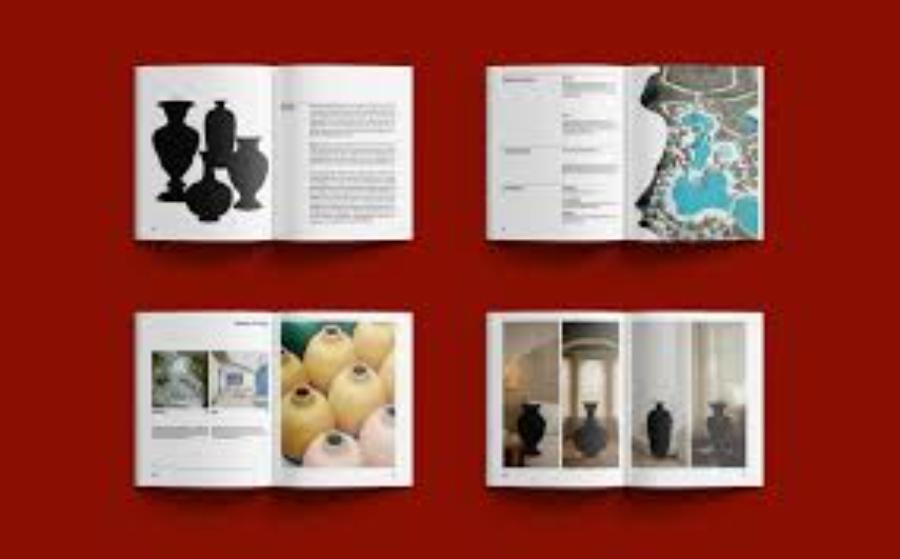
In today's digital age, online publishing is increasingly becoming an indispensable part of the media and marketing industry. To effectively convey messages, in addition to creating quality content, an indispensable factor is Editorial Design . This is one of the important factors that helps articles, online magazines or any published content become vivid, accessible and attractive to readers. In this article, sadesign will clarify the concept of Editorial Design and its importance in the online publishing industry, as well as its indispensable role in attracting and retaining readers.
1. Introduction What is Editorial Design?
Editorial Design is a specialized field of graphic design that focuses on the presentation, organization, and design of text, images, and graphics in publications such as magazines, newspapers, books, and online resources. An editorial designer's job is not only to create an attractive design, but also to ensure that the content is communicated clearly, easily understood, and accessible.
This is a harmonious combination of art and function, to create a visually appealing layout, easy to read and effectively convey the message to the reader. Editorial Design not only requires creativity in the use of color, images, and fonts, but also requires the ability to organize information logically and scientifically, ensuring aesthetics while meeting the communication goals of the publication.
.jpg)
Editorial design includes many elements such as:
Content structure : Arrange the content sections in a logical and easy-to-follow manner.
Typography : Use appropriate fonts to increase readability and create harmony in the design.
Images and Graphics : Choose images, charts, and graphics that best support your content and make your article engaging.
Color : Color helps create emotion and attract readers, and also helps distinguish important pieces of content.
In the context of online publishing, editorial design is not just about looking pretty, but also about meeting the requirements of page load speed, mobile compatibility, and search engine optimization (SEO).
2. The Importance of Editorial Design in the Online Publishing Industry
In the online publishing industry, creating an attractive and easy-to-use design is crucial to attracting readers. Here are some specific reasons why Editorial Design is important :
2.1. Create an optimal user experience
Good editorial design is not just about aesthetics, but also about creating a pleasant and smooth user experience (UX). When reading an article, magazine or blog, the reader needs to be able to easily access the content and not be distracted by unnecessary design elements.
.jpg)
Editorial Design improves readability and accessibility of information, with elements such as:
Organize information logically : Arrange content into clear sections, using subheadings to make it easy for readers to follow.
Divide space appropriately : Make sure there is enough white space between paragraphs, which helps the reader's eyes not get tired and makes it easier to absorb information.
Editorial Design plays a vital role in online publishing, not only in creating aesthetic appeal but also in creating an optimal user experience. Effective editorial design communicates content clearly, easily understood and attracts readers’ attention, thereby increasing user engagement and retention.
In addition, applying modern design principles such as logical layout, appropriate font selection and harmonious use of colors not only enhances brand value but also ensures that content is approached in a professional and consistent manner. In the increasingly competitive context of the online publishing industry, editorial design is not only a supporting factor but also a strategic tool to create differentiation and long-term success.
2.2. Improve interaction and sharing
A beautiful and attractive design not only keeps readers engaged but also encourages them to share the article or publication on social media. A beautifully designed article, with a logical layout and interesting images will create high engagement, thereby increasing the ability of the content to spread. When an article is widely shared, it increases the presence of the brand and attracts new readers.
2.3. Increase brand awareness
In the online publishing industry, each publication or website has a distinct style to identify it. Using consistent design elements such as colors, fonts, and layouts helps build a strong brand. Editorial Design plays a huge role in creating a clear and professional brand identity. By using distinctive design elements, readers will quickly recognize your brand and products.
.jpg)
By using the right colors, fonts, and layouts, businesses can create a lasting impression on their customers, increasing brand recognition and loyalty. Investing in editorial design is not just a short-term strategy, but a key element in building a sustainable brand image over the long term.
2.4. SEO support and content optimization
SEO (Search Engine Optimization) is an integral part of online publishing. Editorial Design affects SEO in many ways, especially through optimizing content structure and using appropriate images, headings, and fonts. For example:
Optimize titles and keywords : Using clear titles and containing relevant keywords makes the article easier to find through search engines.
Text formatting and paragraphing : Short, easy-to-read paragraphs and proper use of subheadings improve reader experience and also increase the chances of your article ranking highly in search engines.
Image Optimization : Images, charts or infographics can increase their SEO value when they are optimized for size and properly alt tagged.
2.5. Increase creativity and differentiation
In the competitive world of online publishing, it is difficult to stand out from the millions of websites and articles. Editorial Design helps to differentiate through unique and creative design styles. Designers can apply new elements in the use of fonts, images and layouts, thereby creating a unique and memorable design product.
The clever use of colour, fonts and images will enhance the aesthetic value, attract the attention of readers and create a unique mark for the publication. Creativity lies not only in being unconventional but also in the ability to balance art and function, ensuring that the design is not only beautiful but also effective in communicating the content.
3. Important Elements in Editorial Design
.jpg)
To achieve effective Editorial Design , designers need to pay attention to the following basic factors:
3.1. Typography
Typography is one of the most important elements of editorial design. Choosing the right font helps create harmony in the design and ensures that text is easy to read on any device. Sans-serif fonts, such as Helvetica or Arial, are often preferred for their clarity and readability.
3.2. Images and Graphics
Images play a vital role in illustrating content and engaging readers. They can be photographs, vector graphics, charts or infographics. Choosing images that are relevant to your content not only makes your article more interesting but also creates a professional feel.
3.3. Layout and Structure
Layout determines how information is presented and how easily it is accessed. A clearly structured article, with sections such as headings, paragraphs, illustrations, and conclusions divided logically, will make it easier for readers to follow and absorb information.
3.4. Color
Color in design not only creates eye-catching but also has a great influence on the reader's psychology. Choosing colors that match the content and brand will help improve the effectiveness of the article. For example, green often brings a fresh feeling, while red can create strong attention.
Buy Cheap Licensed Software
4. Conclusion
Editorial Design is not only a part of the process of creating online publishing content, but also a key factor that determines the success of a publication. In an era where users increasingly demand easy and enjoyable reading experiences, editorial design plays an indispensable role in enhancing the value of content, improving user experience and optimizing interactivity. A good editorial design will not only help your article stand out from the sea of information but also build a strong, memorable brand. Therefore, investing in editorial design is not only about creating a beautiful product but also an important strategy for success in the online publishing industry.









































